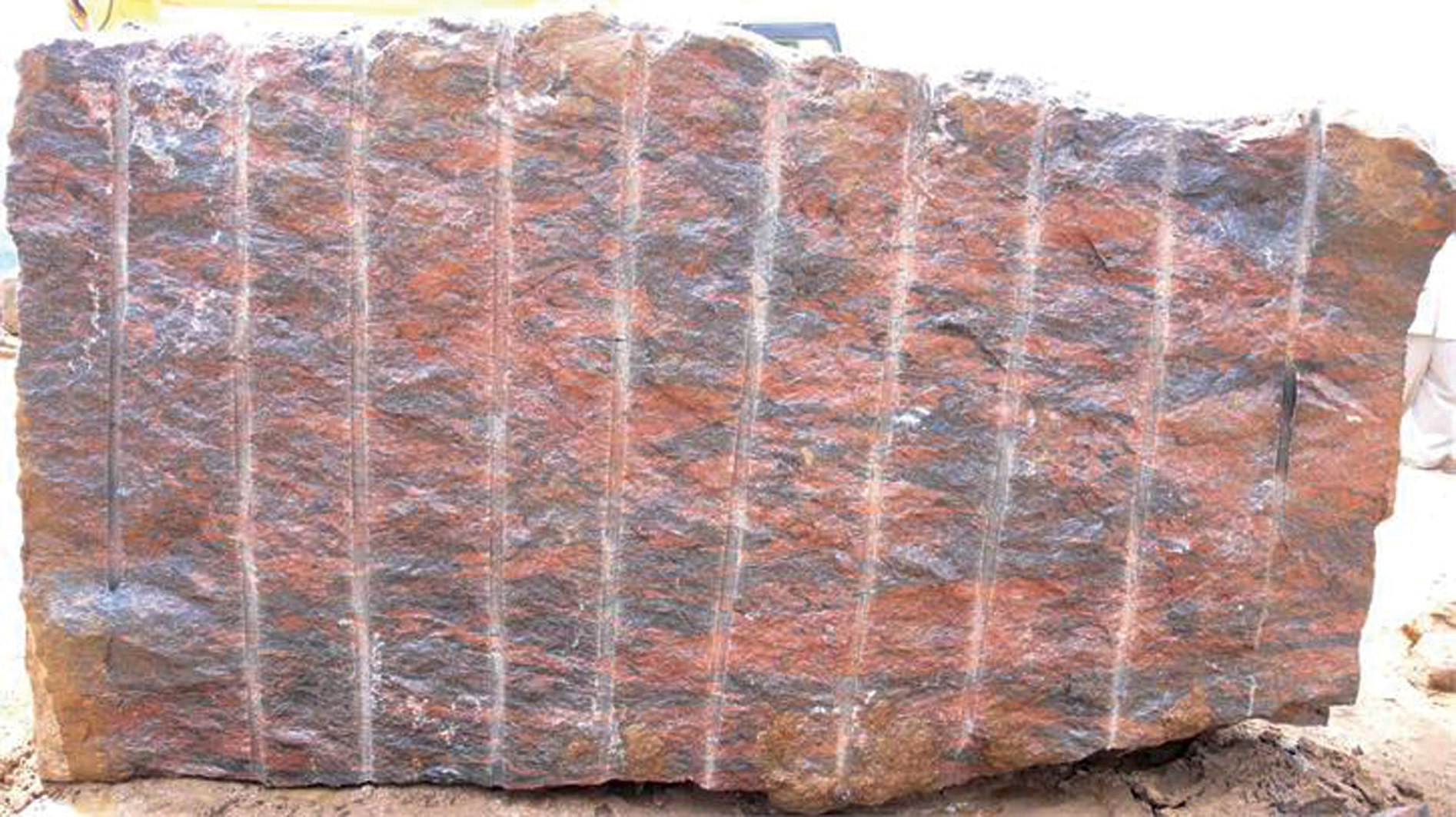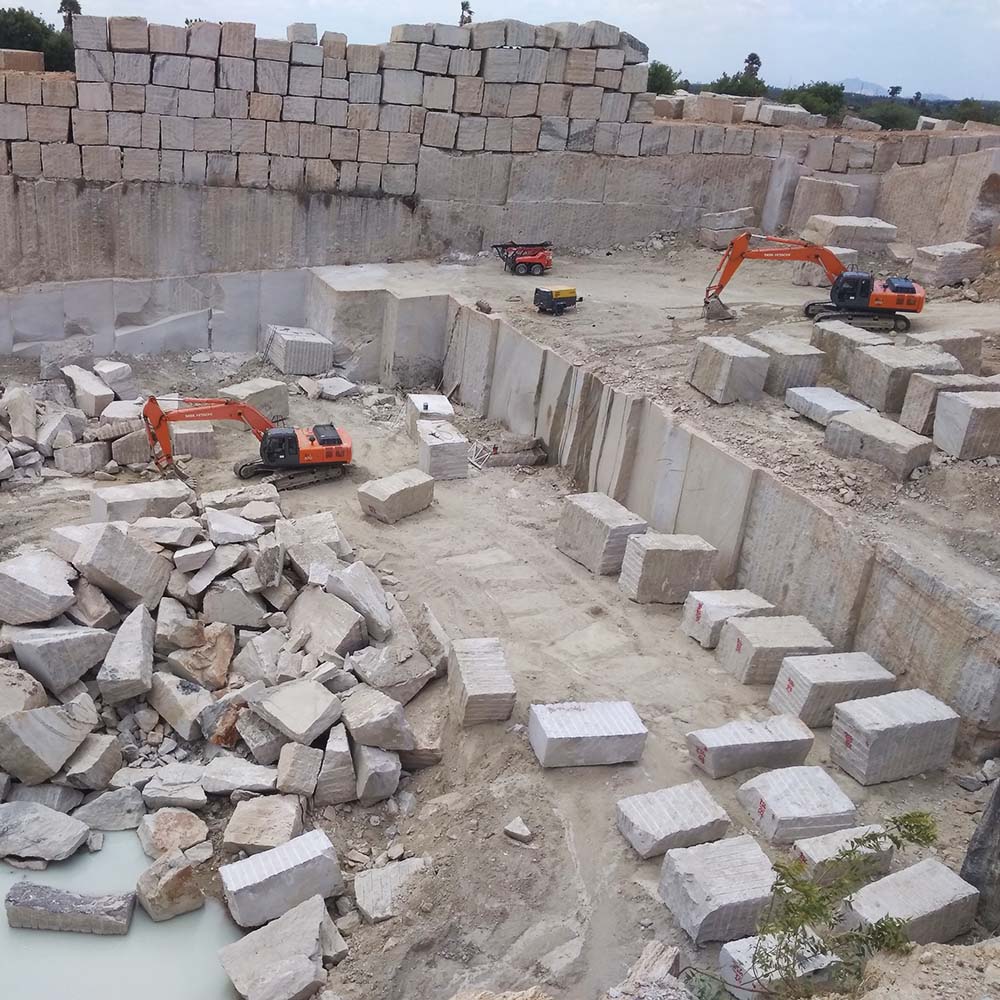Revealing the Mysteries of Granite Quarrying: Where Toughness and Elegance Meet
The world of granite quarrying is a world where the raw stamina of nature converges with human artistry to create frameworks that stand the examination of time with an air of beauty. From the depths of quarries to the thorough sprucing up in workshops, the process of transforming granite into architectural marvels is an intricate dancing of tradition and advancement. As we peer right into the midsts of this old craft, we start to uncover the covert ins and outs that form the really significance of our built environment.
The Origins of Granite Quarrying
In the annals of architectural history, the beginnings of granite quarrying are shrouded in a tapestry of old workmanship and geological wonders. Going back to old Egypt and Mesopotamia, the removal of granite from quarries marked the start of a trip that would eventually lead to the creation of some of the world's most renowned structures.
Granite quarrying's roots can be traced to the experienced artisans who acknowledged the stone's toughness and visual charm. With a combination of primitive tools and sheer determination, these early quarry workers unearthed granite blocks that would come to be the foundation of human beings.
As human beings advanced, so did the strategies of quarrying granite. The Romans, renowned for their design prowess, developed advanced approaches for removing granite to build monuments, temples, and roadways that stood the examination of time.
The tradition of these ancient quarrying practices proceeds to form modern architecture, with granite continuing to be a sign of toughness and sophistication in construction tasks around the globe. (granite quarries in south africa)
Devices of the Quarrying Trade
The evolution of granite quarrying strategies from ancient people to contemporary times highlights the important function played by the tools of the quarrying sell shaping the sector's methods. In ancient times, quarrying devices were simple, frequently being composed of knives, hammers, and wedges made from products like bronze or iron. These tools called for significant workforce and time to essence granite obstructs from quarries.

Furthermore, the intro of pneumatically-driven tools and high-powered machinery has substantially minimized the physical labor called for in quarrying procedures, improving employee security and efficiency. As the quarrying market continues to innovate, the tools of the profession remain at the forefront of driving progression and forming the future of granite removal.
Drawing Out Blocks of Granite
Using precision machinery and advanced strategies, the removal of granite go to the website obstructs from quarries has become a sophisticated procedure in the contemporary quarrying market. The initial step entails recognizing the place and size of the granite down payment to establish one of the most effective extraction approach. When an ideal website is chosen, the extraction process starts with the boring of holes for the positioning of dynamites. Controlled blowing up methods are then employed to disintegrate the granite right into workable areas.

Sprucing Up and Ending Up Methods
To achieve a perfect surface area on granite blocks, competent craftsmens employ a collection of meticulous sprucing up and ending up techniques. After the first removal and shaping processes, the granite obstructs undergo a complete polishing phase to improve their all-natural beauty and toughness.
Along with polishing, completing strategies are put on additional fine-tune the granite's look. These techniques may include flaming, sharpening, or cleaning, each offering distinct structures and coatings to suit different aesthetic preferences. Flaming, for example, entails exposing the granite surface to high temperature levels to develop a rough, textured surface, suitable for exterior applications where slip-resistance is crucial. Honing, on the other hand, offers a matte surface that is smooth to the touch, best for interior kitchen counters and floor covering. By carefully selecting and applying these polishing and completing strategies, craftsmens can change raw granite obstructs right into charming items that display both stamina and style.

Ecological Impact and Sustainability
With the expanding emphasis on ecological awareness in the market, granite quarrying techniques are progressively looked at for their influence on natural deposits and lasting sustainability. Quarrying for granite can have significant ecological effects. The extraction procedure frequently entails using hefty equipment, explosives, and look here big quantities of water, resulting in environment devastation, soil erosion, and water air pollution. Additionally, the transportation of granite from quarries to refining centers generates carbon discharges, better contributing to environmental destruction. granite quarries in south africa.
To mitigate these impacts and guarantee sustainability in granite quarrying, market stakeholders are taking on numerous actions. Implementing advanced innovations to decrease energy usage and water use, recovering quarried land for ecological restoration, and promoting liable sourcing techniques are some methods being used. Certifications such as the Woodland Stewardship Council (FSC) and the Management in Power and Environmental Style (LEED) help consumers recognize eco pleasant granite products.
Verdict
To conclude, granite quarrying is a process that calls for specialized tools and techniques to remove blocks of granite and polish them to a high level of surface. While the environmental influence of quarrying can be considerable, efforts are being made to enhance sustainability practices in the sector. In general, granite quarrying is a fragile balance in between taking advantage of the strength and style of this natural rock while reducing its impact on the setting.